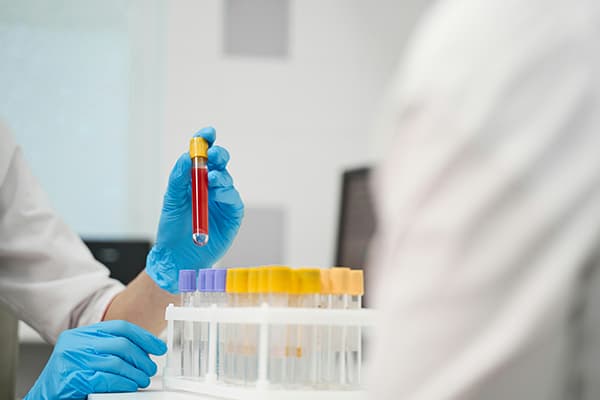Synthetic Anemia Types Dataset
Clinical Trials & Research
Tags and Keywords
Trusted By




"No reviews yet"
£179.99
About
The Synthetic Anemia Types Dataset is designed for educational and research purposes to analyze various anemia types based on hematological parameters. It provides anonymized, synthetic data on blood components to facilitate studies in hematology and predictive modeling.
Dataset Features
- WBC: White Blood Cell count
- LYMp: Lymphocyte percentage
- NEUTp: Neutrophil percentage
- LYMn: Lymphocyte number
- NEUTn: Neutrophil number
- RBC: Red Blood Cell count
- HGB: Hemoglobin level
- HCT: Hematocrit percentage
- MCV: Mean Corpuscular Volume
- MCH: Mean Corpuscular Hemoglobin
- MCHC: Mean Corpuscular Hemoglobin Concentration
- PLT: Platelet count
- PDW: Platelet Distribution Width
- PCT: Plateletcrit
- Diagnosis: Type of anemia diagnosed
- Iron Deficiency Anemia
- Normocytic Hypochromic Anemia
- Normocytic Normochromic Anemia
Distribution

Usage
This dataset can be used for the following applications:
- Hematology Research: Study patterns in blood parameters and anemia diagnosis.
- Predictive Modeling: Develop machine learning models for anemia classification.
- Clinical Research: Investigate correlations between blood components and anemia types.
- Educational Purposes: Provide a dataset for medical and data science students to analyze hematological trends.
Coverage
This synthetic dataset is fully anonymized and complies with data privacy standards. It includes a variety of hematological features to support a broad range of research and analysis.
License
CC0 (Public Domain)
Who Can Use It
- Hematologists and Medical Practitioners: To analyze blood test results and anemia diagnosis.
- Data Scientists and Machine Learning Practitioners: To build predictive models for anemia classification.
- Healthcare Researchers: To explore hematological trends and risk factors.
- Educators and Students: As a resource for medical and healthcare analytics training.
Loading...
£179.99
Download Dataset in CSV Format
Recommended Datasets
Loading recommendations...
